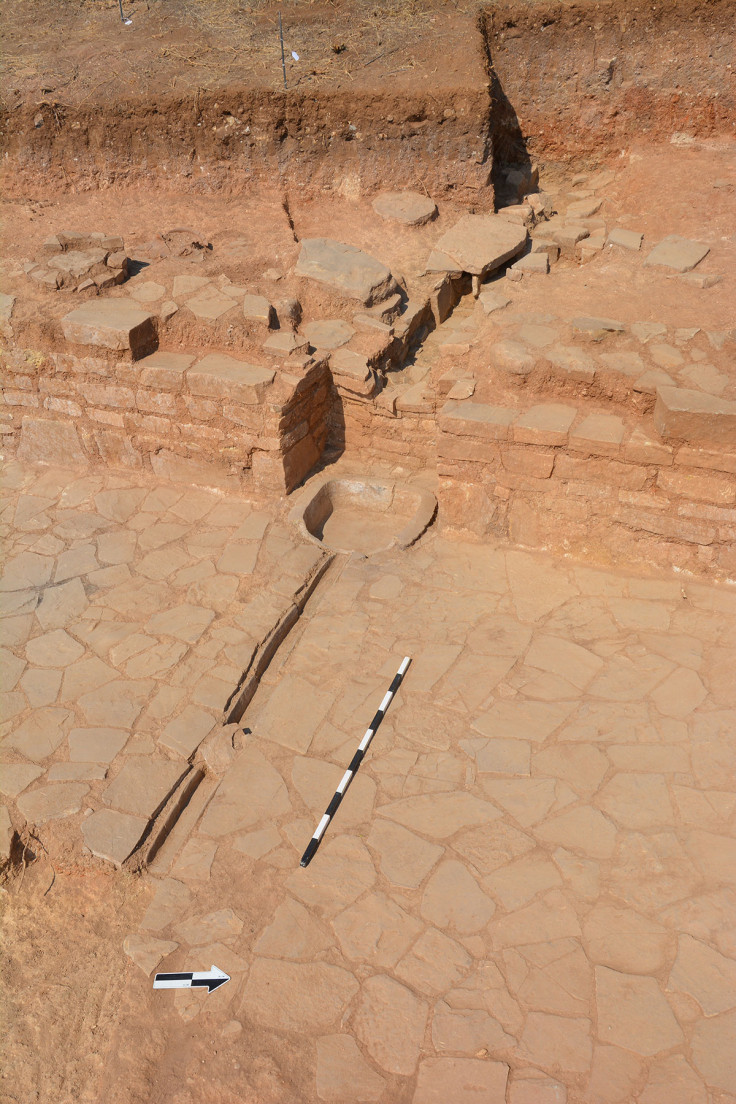Giant ancient palace unearthed in Mexico was the ruler's home and the seat of government
The palace is the oldest ever excavated in Mexico's Valley of Oaxaca.
The remains of an ancient palace complex dating back 2,300 years have been unearthed Mexico's Valley of Oaxaca. It is the oldest royal building excavated to date in the area, providing some of the earliest evidence of early states' emergence in Mesoamerica.
Finding evidence for the emergence of early state societies is a major challenge for archaeologists. As the homes of the rulers and the places where they exerted their power, palaces are a key feature of states.
Hence, discovering remains of these structures is often helpful for researchers who seek to understand the period of archaic state emergence in different regions of the world.
Oaxaca is widely believed to have been among the earliest archaic states to have emerged in Mesoamerica. The discovery of the palace, described in a study now published in PNAS, backs up this idea.
El Palenque palace
Researchers have been working at the El Palenque archaeological site in the Oaxaca Valley since 1993, carrying out intensive mapping, surface collecting and excavations. On the north side of El Palenque's plaza, the archaeologists have exposed a palace complex that once extended over more than 2,000 sq metres.
The palace's features and archaeology makes it similar to the royal palaces of later, historically documented Mesoamerican states. It is indeed a multifunctional palace, composed of both courts and buildings where government officials assembled to conduct state affairs, but also of the ruler's residential quarters. The archaeologists believe that the complex was built in a single large-scale construction effort.
The sheer size of the palace highlights how powerful the ruler was as it suggests his ability to amass considerable manpower for the building's construction.

The archaeologists have also conducted radiocarbon dating to find out when it was built and inhabited. Using a series of radiocarbon dates derived from charcoal samples found at the site, including samples embedded in the walls of the palace, the team established that the construction dates back to between 300 and 100 BC. An analysis of the ceramics found within the walls of the palace confirms this.
This is a time for which there is considerable evidence of state organisation in the Valley of Oaxaca and the palace is a further proof of that. "This 2,300-year-old palace is the oldest multifunctional palace excavated to date in the Valley of Oaxaca and is a key indicator of the early state society that emerged there at this time", the authors conclude.
© Copyright IBTimes 2025. All rights reserved.






















